High up in our atmosphere a space station and three sattelites are travelling at high speeds, and we're curious as to how they experience time. All the objects have the same origin event which we'll call event 1. The space station moves toward the left at a slow constant pace. The three sattelites move as follows: Sattelite 1, represented by yellow, moves toward the left at a slightly higher velocity than the space station. Sattelite 2 represented in red moves very quickly towards the right, and sattelite 3, represented in lime green, accelerates toward the right until it catches up to sattelite 2. The time this occurs is known as event 2, and after sattelite 3 goes from accelerating to decellerating to a constant velocity similar to that of the space station. The progression explained is depicted in the four pictures bellow.
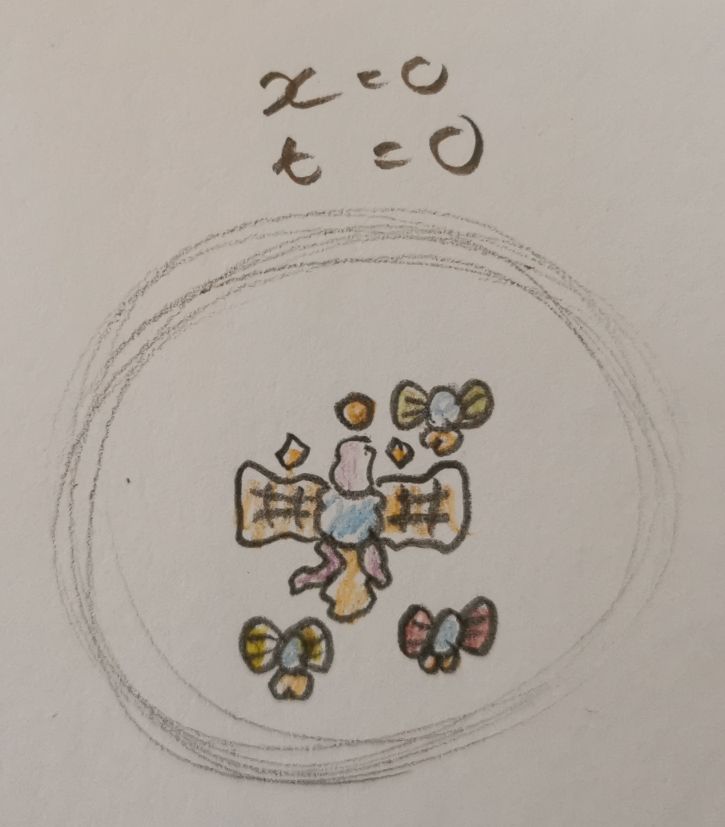
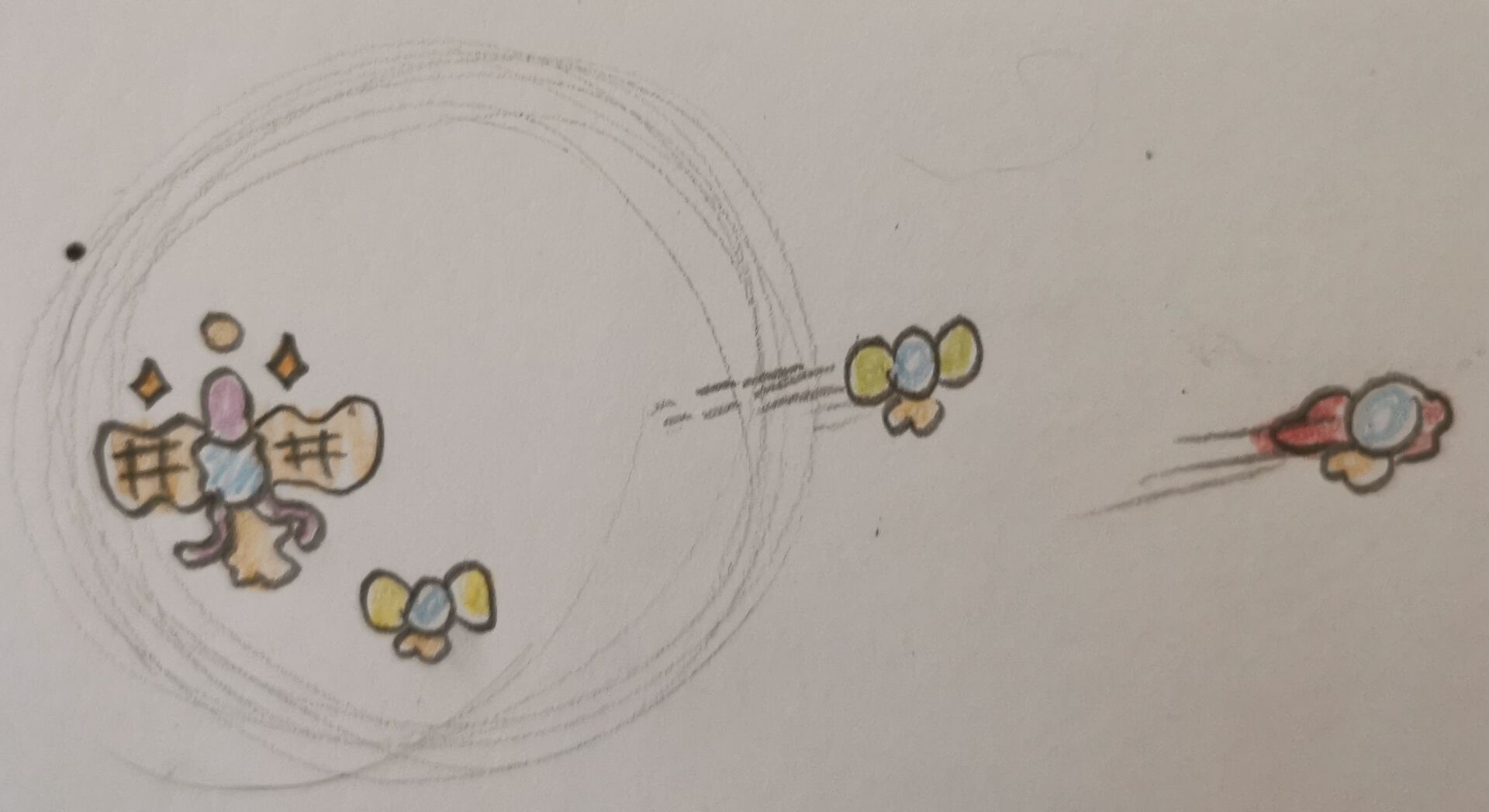
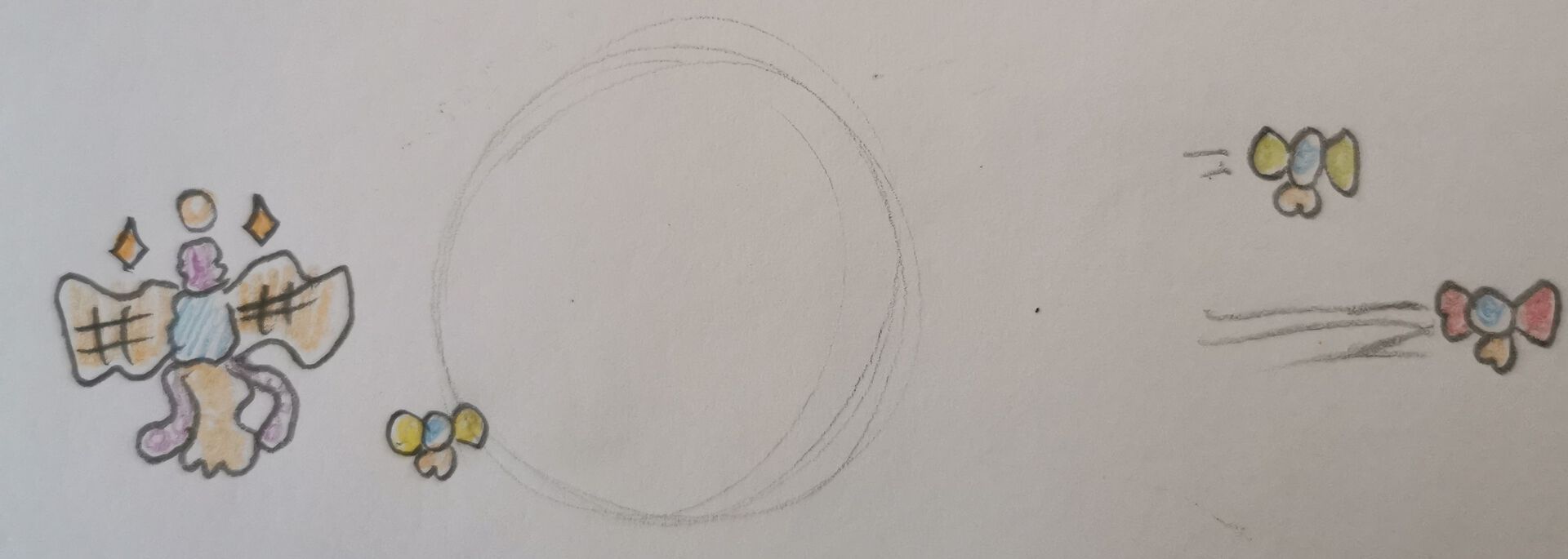
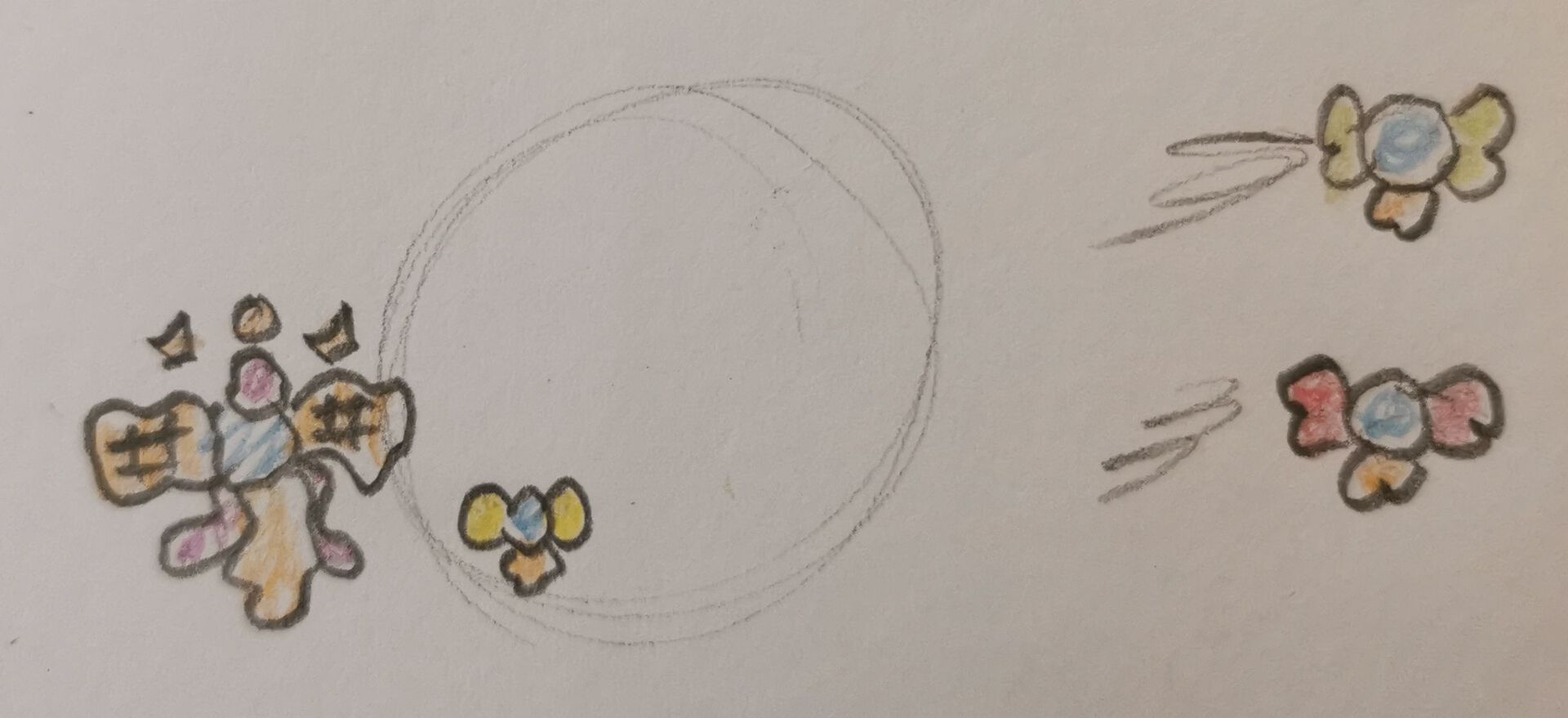
We plopped observers on the sattelites and started looking at how the other objets moved through spacetime in comparison. This movement through spacetime is known as the world line. We each drew our own world line, and what we predicted the lines of the others to look like, before finally returning to the space station. The sattelites' frames of reference look as follows:
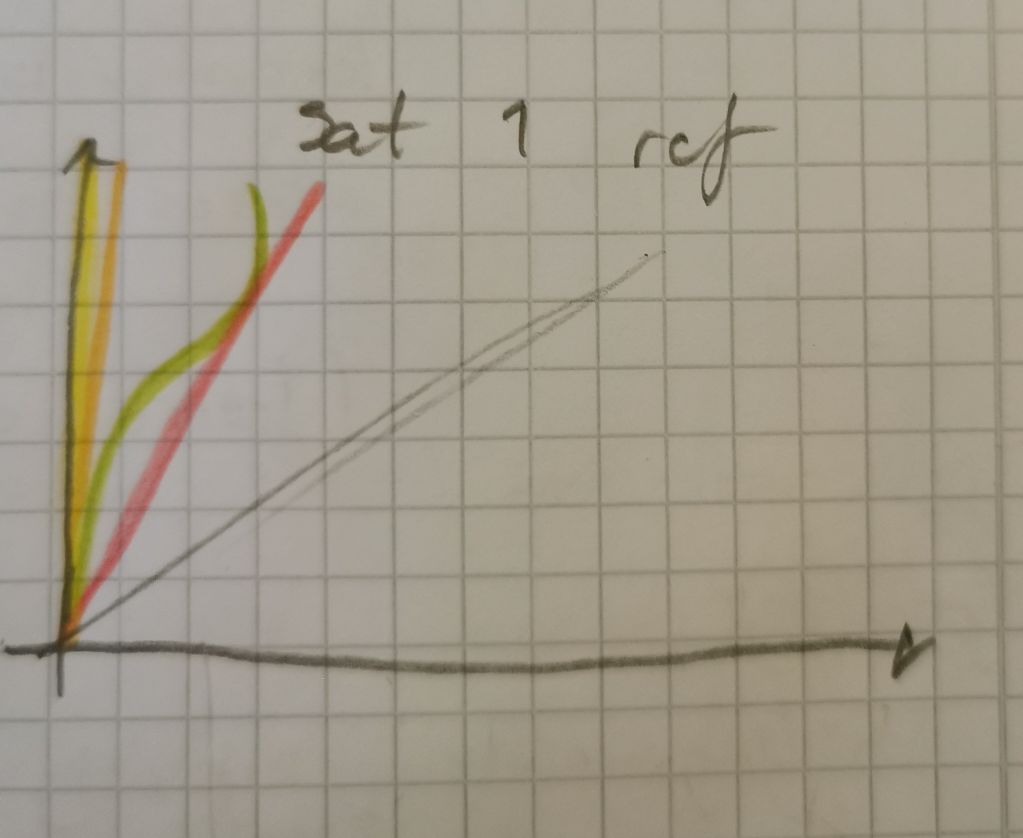
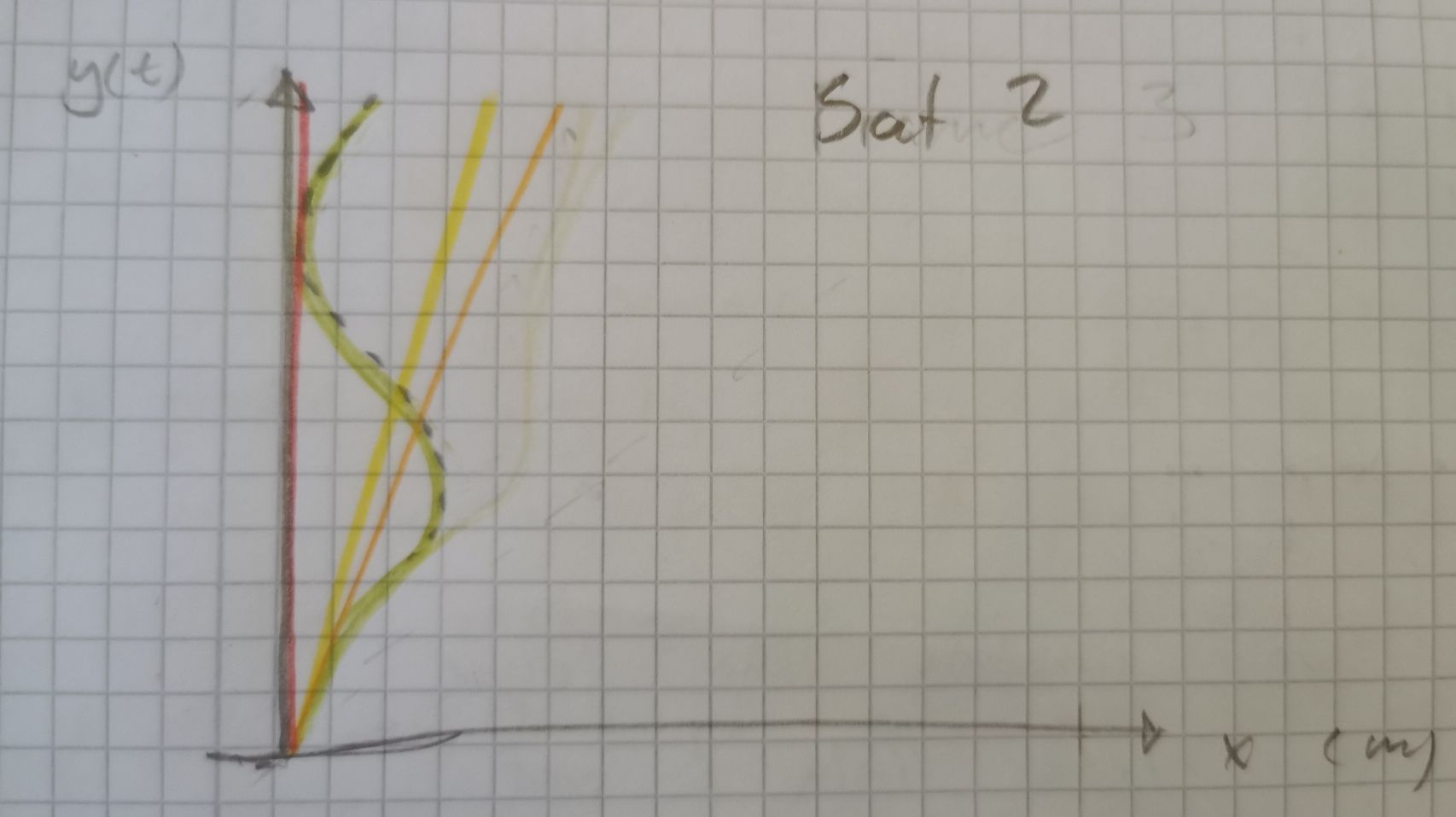
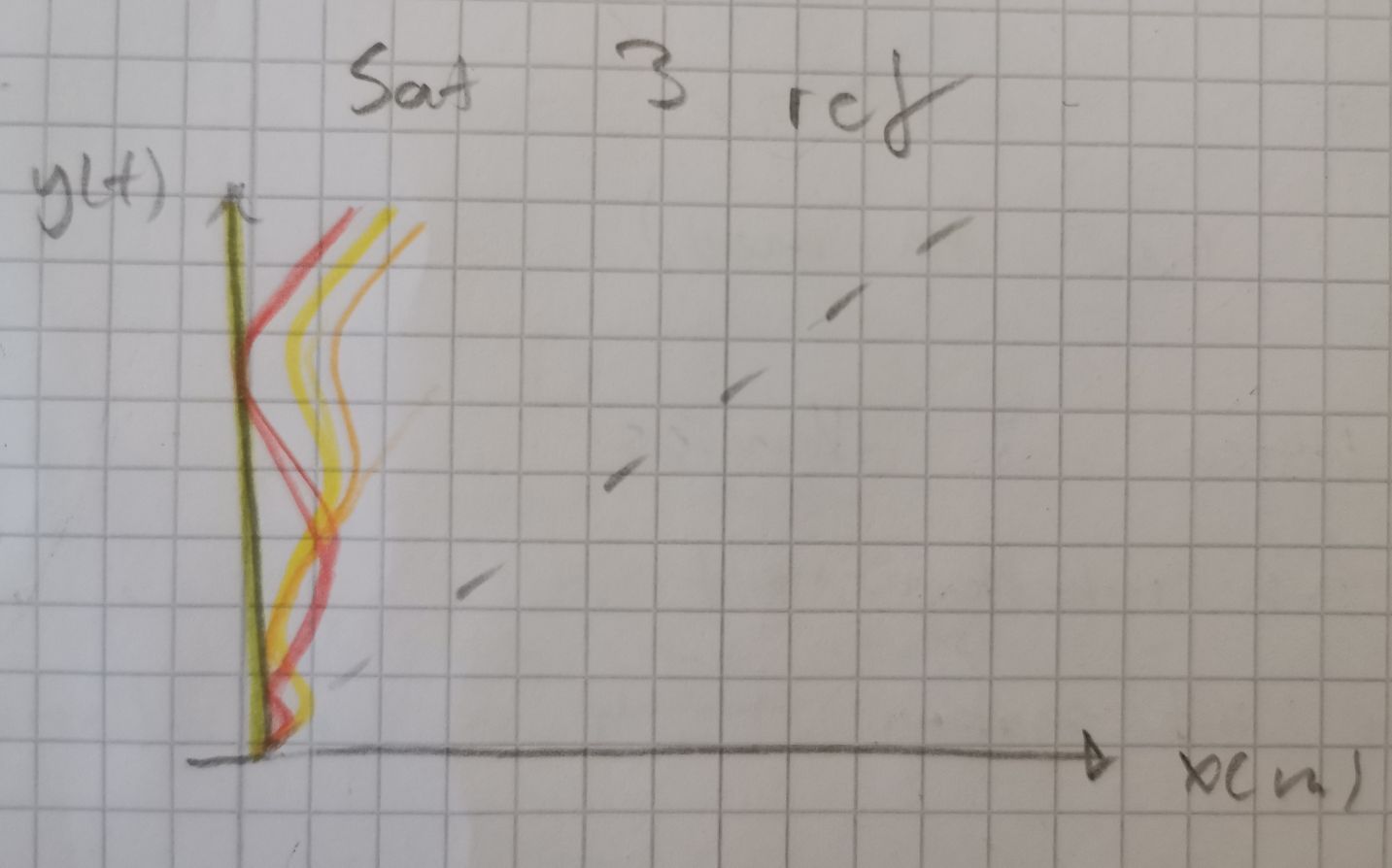
Finally back in the space station we wanted to figure out how the time had passed on all three ships. To see what ships aged the most and the least we employed a conspt known as maximal aging, of which a consequence, which will be very relevant to us, is that the straight line in lorentzian space is the farthest possible route you can take, much unlike our usual kartezian system. As a consequence when an object is moving in a straight line, it will age more than say an object moving in a curved fashion, which is what spaceship 3 is doing when it accelerates. This means that it takes a shorter path through the lorentzian space and thus experiences less time than the station or sattelite 2. We can also see this in the graph bellow, where the space between each timestep in the accelerated worldline is longer than in sattelite 2's;
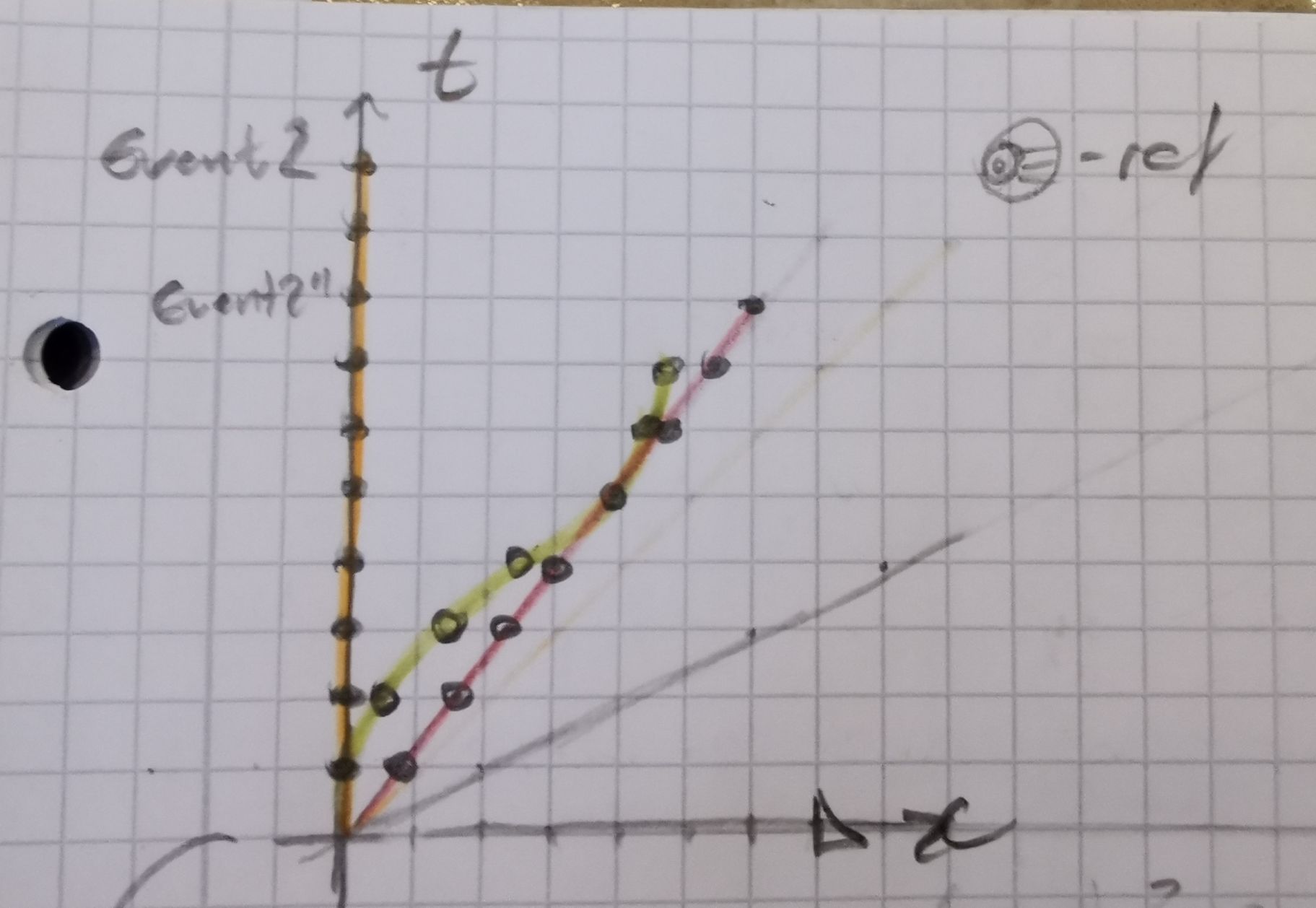
We rephrase this a bit, and say that since sattelite 3's total distance traverced in spacetime is less than the straight worldlines it has to experience less time, especially when is traverces a similar spacial distance.
